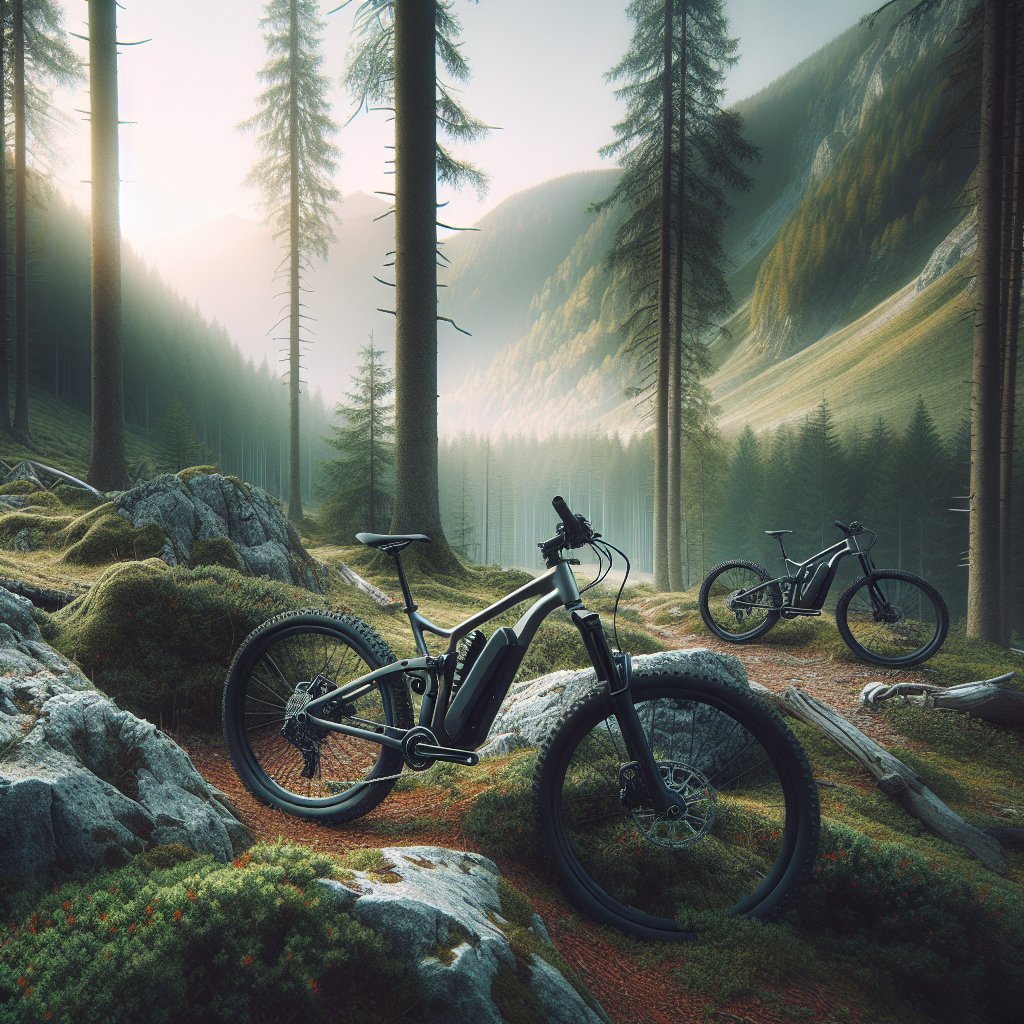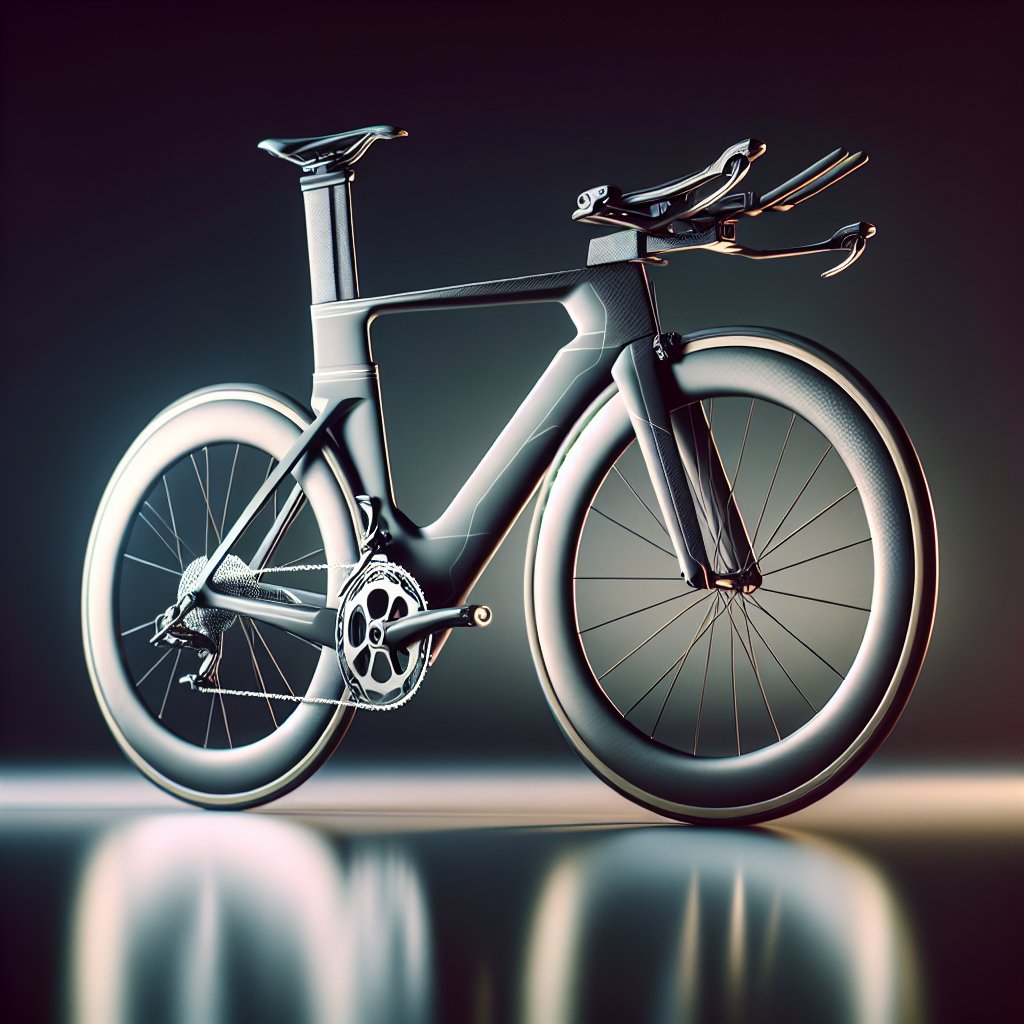Electric mountain bikes (e-MTBs) have revolutionized the way we explore off-road terrains, offering a blend of power, endurance, and excitement. These advanced bicycles are equipped with electric motors that provide pedal assistance, making it easier to tackle challenging trails and steep inclines. In this article, we will delve into the world of off-road adventures with electric mountain bikes, exploring their benefits, features, and the best practices for an exhilarating and safe ride.
The Rise of Electric Mountain Bikes
The advent of electric mountain bikes has significantly transformed the cycling industry. Traditional mountain biking has always been a physically demanding sport, requiring a high level of fitness and stamina. However, with the introduction of e-MTBs, the sport has become more accessible to a broader audience. These bikes are designed to provide an extra boost of power, allowing riders to cover longer distances and conquer more challenging terrains without exhausting themselves.
Technological Advancements
One of the key factors contributing to the popularity of e-MTBs is the rapid advancement in battery and motor technology. Modern e-MTBs are equipped with lightweight, high-capacity lithium-ion batteries that offer extended range and quick charging times. The motors, often integrated seamlessly into the bike’s frame, provide smooth and efficient pedal assistance, making the ride feel natural and intuitive.
Additionally, many e-MTBs come with advanced features such as multiple power modes, regenerative braking, and sophisticated suspension systems. These features enhance the overall riding experience, providing better control, comfort, and safety on rough and uneven terrains.
Environmental Impact
Another significant advantage of electric mountain bikes is their positive impact on the environment. Unlike traditional motorized vehicles, e-MTBs produce zero emissions, making them an eco-friendly alternative for off-road adventures. By choosing an e-MTB, riders can enjoy the thrill of exploring nature while minimizing their carbon footprint.
Choosing the Right Electric Mountain Bike
Selecting the right e-MTB is crucial for ensuring a safe and enjoyable off-road experience. There are several factors to consider when choosing an electric mountain bike, including the type of terrain, battery life, motor power, and overall build quality.
Types of Electric Mountain Bikes
Electric mountain bikes come in various types, each designed for specific riding conditions and preferences. The most common types include:
- Cross-Country (XC) e-MTBs: These bikes are designed for long-distance rides on relatively smooth trails. They are lightweight and efficient, making them ideal for covering large distances with minimal effort.
- Trail e-MTBs: Trail bikes are versatile and can handle a wide range of terrains, from smooth paths to moderately rough trails. They offer a good balance of comfort, control, and performance.
- Enduro e-MTBs: Enduro bikes are built for aggressive riding on challenging terrains. They feature robust frames, advanced suspension systems, and powerful motors, making them suitable for steep descents and technical trails.
- Downhill (DH) e-MTBs: Downhill bikes are designed for extreme off-road conditions, such as steep and rocky descents. They have heavy-duty frames, long-travel suspension, and powerful brakes to handle the most demanding trails.
Battery Life and Motor Power
Battery life and motor power are critical factors to consider when choosing an e-MTB. The battery capacity, usually measured in watt-hours (Wh), determines how far you can ride on a single charge. Higher capacity batteries offer longer range but may add extra weight to the bike. It’s essential to choose a battery that provides sufficient range for your intended rides while balancing weight and performance.
The motor power, measured in watts (W), affects the level of assistance provided by the bike. Most e-MTBs come with motors ranging from 250W to 750W. Higher power motors offer more assistance, making it easier to tackle steep inclines and rough terrains. However, they may also consume more battery power, reducing the overall range. It’s important to find a balance between motor power and battery life based on your riding needs.
Build Quality and Components
The build quality and components of an e-MTB play a significant role in its performance and durability. Key components to consider include the frame material, suspension system, brakes, and drivetrain. High-quality frames, typically made from aluminum or carbon fiber, offer better strength and durability while keeping the bike lightweight.
The suspension system, including the front fork and rear shock, is crucial for absorbing impacts and providing a smooth ride on rough terrains. Look for bikes with adjustable suspension settings to customize the ride based on the trail conditions and your preferences.
Brakes are another critical component, especially for off-road riding. Hydraulic disc brakes are the preferred choice for e-MTBs, as they offer superior stopping power and modulation compared to mechanical disc brakes or rim brakes.
Finally, the drivetrain, including the gears and chain, should be robust and reliable to handle the increased torque and power of an electric motor. Look for bikes with high-quality components from reputable brands to ensure smooth and efficient shifting.
Preparing for an Off-Road Adventure
Proper preparation is essential for a safe and enjoyable off-road adventure with an electric mountain bike. This includes selecting the right gear, planning your route, and ensuring your bike is in optimal condition.
Essential Gear
Wearing the right gear is crucial for safety and comfort during off-road rides. Some essential items include:
- Helmet: A high-quality helmet is a must-have for protecting your head in case of falls or collisions. Look for helmets specifically designed for mountain biking, with features such as extended coverage and ventilation.
- Protective Clothing: Wear durable and breathable clothing, including padded shorts, long-sleeve jerseys, and gloves. Consider additional protective gear such as knee and elbow pads for added safety.
- Footwear: Choose sturdy and comfortable shoes with good grip and support. Mountain biking shoes with clipless pedals can provide better control and efficiency.
- Hydration and Nutrition: Carry enough water and snacks to stay hydrated and energized during your ride. A hydration pack or water bottles mounted on the bike are convenient options.
- Tools and Spare Parts: Bring essential tools and spare parts, such as a multi-tool, tire repair kit, spare tubes, and a pump. These items can help you address minor mechanical issues on the trail.
Route Planning
Planning your route is crucial for a successful off-road adventure. Research the trails in your area and choose routes that match your skill level and the capabilities of your e-MTB. Consider factors such as trail difficulty, distance, elevation gain, and weather conditions.
Use trail maps, GPS devices, or smartphone apps to navigate the trails and stay on course. Inform someone about your planned route and estimated return time, especially if you’re riding alone. This ensures that help can be dispatched in case of emergencies.
Bike Maintenance
Regular maintenance is essential for keeping your e-MTB in optimal condition. Before heading out on an off-road adventure, perform a thorough inspection of your bike, including:
- Battery and Motor: Ensure the battery is fully charged and securely mounted. Check the motor for any signs of damage or unusual noise.
- Tires: Inspect the tires for wear and tear, and ensure they are properly inflated. Consider using tubeless tires with sealant to reduce the risk of punctures.
- Brakes: Test the brakes to ensure they are functioning correctly and provide adequate stopping power. Check the brake pads for wear and replace them if necessary.
- Drivetrain: Clean and lubricate the chain, and check the gears for smooth shifting. Inspect the derailleur and cassette for any signs of damage.
- Suspension: Check the suspension settings and ensure they are adjusted to your weight and riding style. Inspect the fork and shock for any leaks or damage.
Riding Techniques and Safety Tips
Mastering the right riding techniques and following safety tips can enhance your off-road experience and reduce the risk of accidents. Here are some essential tips to keep in mind:
Body Position and Balance
Maintaining the correct body position and balance is crucial for navigating rough terrains. Keep your weight centered over the bike, with a slight bend in your elbows and knees. This position allows you to absorb shocks and maintain control over the bike.
When climbing, shift your weight forward to keep the front wheel grounded and maintain traction. On descents, move your weight back to prevent the front wheel from digging into the ground and to maintain stability.
Braking Techniques
Effective braking is essential for maintaining control and avoiding accidents. Use both the front and rear brakes to achieve balanced and controlled stopping power. Avoid sudden or harsh braking, as it can cause the wheels to lock up and lead to skidding.
When descending steep trails, use a combination of front and rear brakes to control your speed. Apply the brakes gradually and modulate the pressure to maintain traction and stability.
Cornering
Cornering on off-road trails requires a combination of skill and confidence. Approach corners at a controlled speed and look ahead to anticipate the turn. Lean the bike into the corner while keeping your body upright, and use your inside knee to guide the bike through the turn.
Maintain a steady and smooth pedal stroke to keep the bike balanced and avoid sudden movements that can cause loss of control.
Trail Etiquette
Respecting trail etiquette is essential for ensuring a positive experience for all trail users. Follow these guidelines to promote safety and harmony on the trails:
- Yield to Others: Yield to hikers, equestrians, and other cyclists. Slow down and give them ample space to pass.
- Stay on Designated Trails: Stick to marked trails and avoid creating new paths. This helps preserve the natural environment and prevents erosion.
- Leave No Trace: Pack out all trash and belongings, and avoid disturbing wildlife and vegetation. Leave the trail as you found it for others to enjoy.
- Communicate: Use verbal signals or a bell to alert others of your presence, especially when approaching from behind. This helps prevent collisions and ensures a safe passing.
Conclusion
Electric mountain bikes have opened up new possibilities for off-road adventures, making it easier and more enjoyable to explore challenging terrains. With the right bike, gear, and preparation, you can embark on thrilling rides and experience the beauty of nature like never before. By following proper riding techniques and safety tips, you can ensure a safe and exhilarating off-road adventure with your electric mountain bike.



